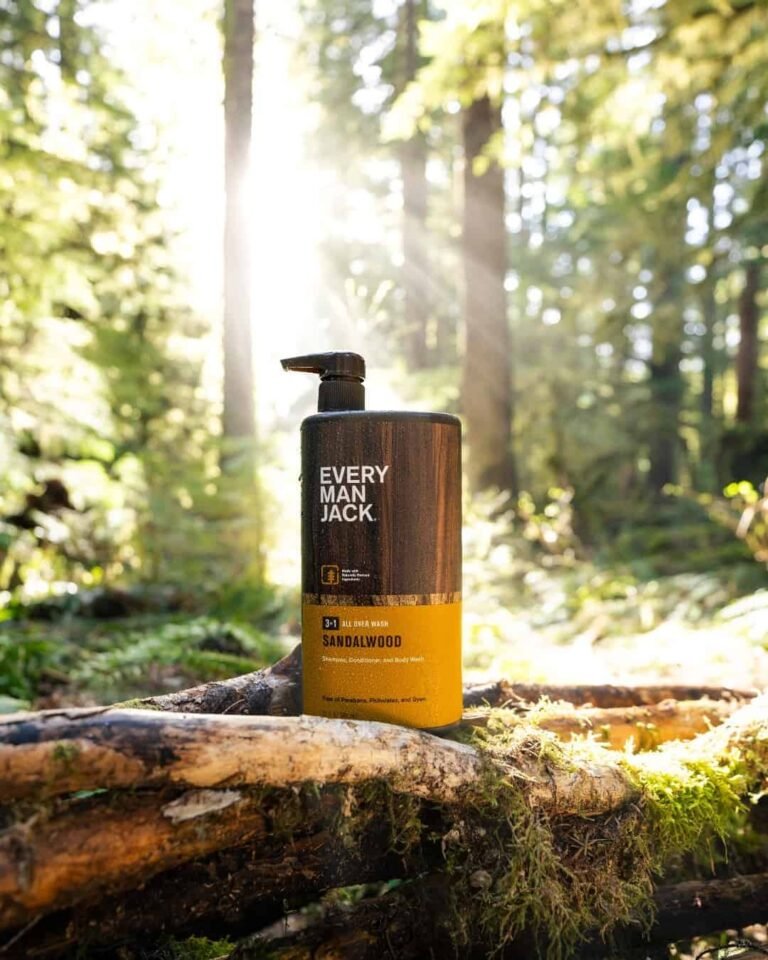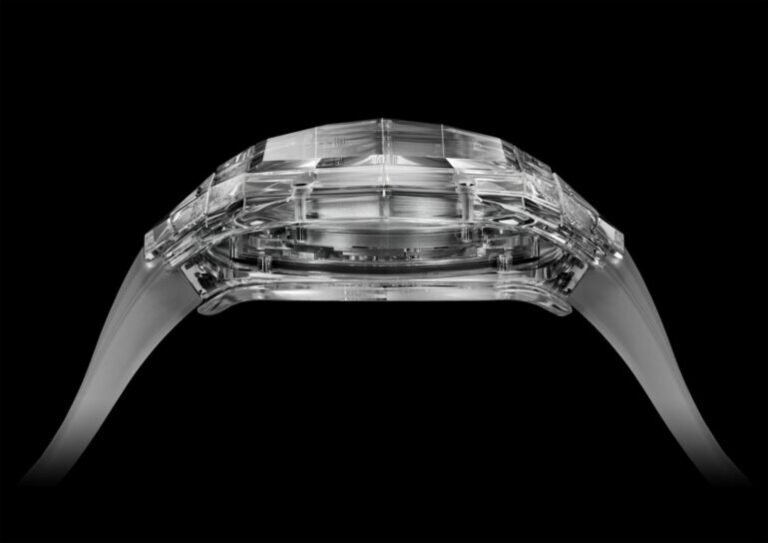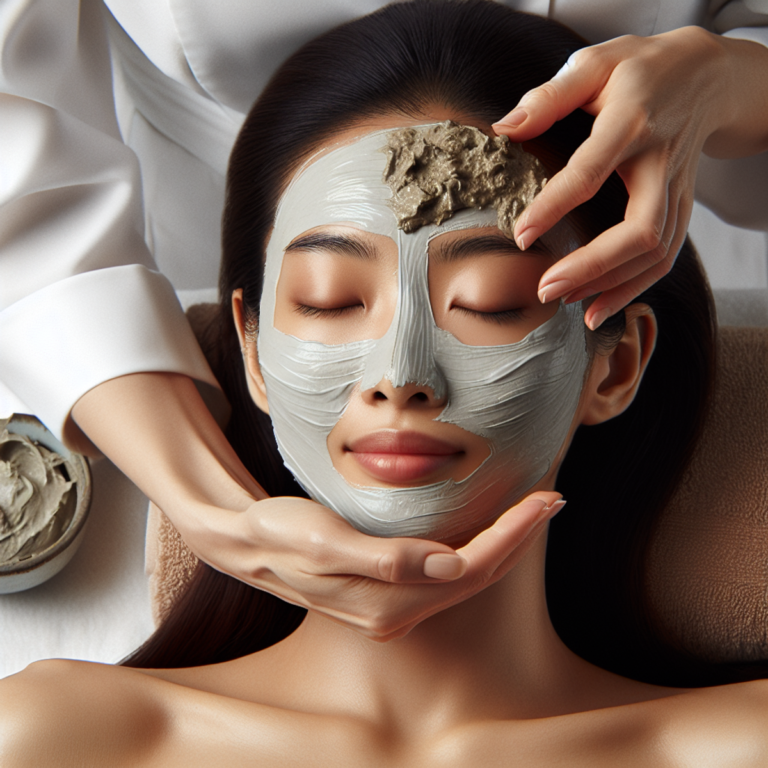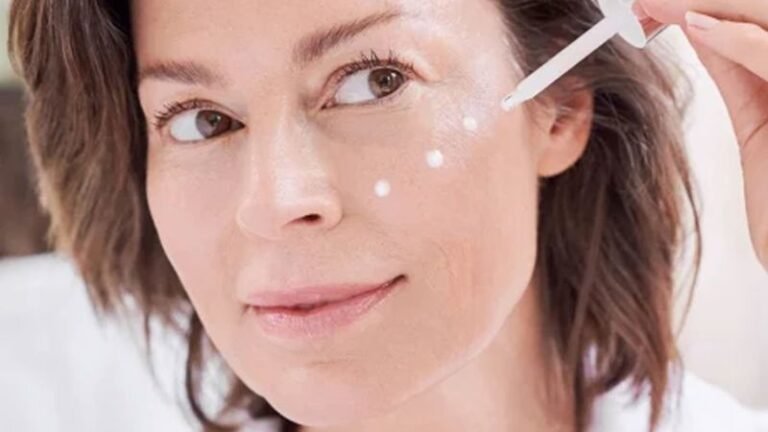The Truth About Tattooing Over Scars, According to Experts

Introduction
Tattooing over scars offers a unique way to conceal and transform them, providing individuals with an opportunity to reclaim their bodies through the artistry of skilled tattoo professionals. This process involves using tattoos to creatively incorporate existing scars into new designs, empowering individuals to embrace their transformed selves. However, it is crucial to consult with experienced tattoo artists who specialize in scar cover-up tattoos to ensure the best possible outcome.
The Healing Process of Scars
When considering the possibility of getting a tattoo over scars, it becomes crucial to understand how scars heal and change over time. This understanding will help you determine the right time to get a tattoo on a scar for the best results. Here are some key points to consider:
1. Scar Healing Timeline
Scars undergo different stages of healing, namely:
- Inflammatory phase
- Proliferative phase
- Remodeling phase
The duration of each stage varies depending on factors such as your overall health and the size and depth of the wound. It is essential to allow sufficient time for the scar to fully heal and stabilize before proceeding with a tattoo.
2. Factors Affecting Scar Healing Time
Several factors can impact the duration it takes for a scar to heal:
- The size and depth of the wound – larger or deeper wounds generally take longer to heal.
- Your overall health – it influences your body’s ability to repair itself effectively.
- Proper wound care – maintaining cleanliness and moisture in the area can expedite healing.
It’s worth noting that every scar is unique, and healing times may vary from person to person. Seeking guidance from healthcare professionals or dermatologists can provide more specific advice on when it’s safe to tattoo over a scar.
According to studies, “scars go through different stages of healing, including the inflammatory phase, proliferative phase, and remodeling phase.”
Additionally, “several factors can affect how quickly a scar heals, such as the size and depth of the wound.”
By gaining insights into the healing process of scars, you can make informed decisions about when to proceed with tattooing. Patience is key during this period, as rushing into tattooing too early can disrupt healing and potentially lead to complications.
Considerations for Tattooing Over Scars
When thinking about getting a tattoo over scars, it’s important to find a skilled and experienced tattoo artist who can deliver the results you want. Here are some things to keep in mind when searching for the right artist:
Finding an Experienced Tattoo Artist
A talented tattoo artist plays a crucial role in effectively covering scars with tattoos. Their knowledge and expertise can make a big difference in how well the scar gets concealed.
Here are some tips for finding an expert in scar cover-up tattoos:
- Researching Artists’ Experience and Specialization: Look for tattoo artists who have specific experience in working with scar cover-up tattoos. Specialization in this area shows that they understand the unique factors involved and have mastered the techniques needed for successful scar coverage.
- Examining Their Portfolio for Previous Work on Scars: Take a look at the artist’s portfolio to see examples of their previous work covering scars with tattoos. This will give you an idea of their skill level and whether their style matches what you’re looking for in your cover-up tattoo.
- Seeking Recommendations from Others in the Community: Reach out to people who have gotten scar cover-up tattoos and ask them about their experiences with certain tattoo artists. Getting recommendations and hearing firsthand accounts can give you valuable insights into an artist’s abilities, professionalism, and ability to meet your expectations.
By putting emphasis on finding an experienced and capable tattoo artist, you increase your chances of getting a successful scar cover-up tattoo that meets your needs.
Remember, every scar is unique, and so is every person’s story behind it. It’s crucial to find an artist who can understand your individual situation and create a customized approach for you.
Assessing the Scar for Tattooing Suitability
When deciding to tattoo over scars, both the tattoo artist and the client must thoroughly evaluate whether the scar is suitable for tattooing. There are several important factors to consider in order to ensure a successful outcome and realistic expectations.
1. Type of Scar
The type of scar is a significant factor in determining its suitability for tattooing. Some scars, such as raised or hypertrophic scars, keloid scars, or burn scars, may have uneven textures that can affect the tattooing process. These types of scars may require the tattoo artist to use special techniques or approaches to achieve desired results.
2. Severity of the Scar
The severity of the scar is another crucial factor to consider. Deep or extensive scars may pose more challenges when it comes to achieving complete coverage or blending with the surrounding skin. Both the tattoo artist and client need to have a realistic understanding of what can be accomplished based on the severity of the scar.
3. Age of the Scar
The age of the scar is also an important consideration. Fresh scars that are still healing may not be suitable for tattooing due to ongoing inflammation and changes in texture. It’s generally recommended to wait until a scar has fully matured, which can take anywhere from six months to a year, before considering tattooing over it.
4. Color and Pigmentation
The color and pigmentation of the scar also need to be taken into account. Scars with darker pigmentation may require more pigment saturation during tattooing in order to achieve proper coverage. On the other hand, scars with lighter pigmentation may require additional techniques such as color blending or shading.
5. Location of the Scar
The location of the scar is an important factor to consider for both practical and aesthetic reasons:
- Some areas of the body may be more sensitive or prone to complications during the tattooing process.
- Certain body parts may require specific tattooing techniques to ensure optimal results.
6. Realistic Expectations
Setting realistic expectations is crucial when it comes to tattooing over scars. Both the tattoo artist and the client must have open and honest communication about what can be achieved through tattooing. There are limitations to what can be accomplished, and it’s important to understand that scars may still be visible to some extent even after tattooing.
By carefully assessing these factors, a skilled and experienced tattoo artist can determine the suitability of a scar for tattooing and provide guidance on the potential outcomes. It’s essential for both the artist and client to collaborate and make informed decisions based on the specific characteristics of the scar and the desired goals of the tattoo.
Setting Realistic Expectations with the Client
When it comes to tattooing over scars, setting realistic expectations with the client is crucial for a successful outcome. Open communication between the tattoo artist and client regarding their goals and expectations from the scar cover-up tattoo is essential. By managing client expectations based on the limitations posed by different types of scars and the potential outcomes that can be achieved through tattooing, both parties can work towards a shared vision.
Here are some key points to consider when discussing realistic expectations with the client:
- Type of scar: Different types of scars may respond differently to tattooing. For example, raised or hypertrophic scars may require additional techniques to ensure proper ink saturation, while atrophic scars may not hold ink as well. It’s important to explain to the client how their specific scar type may impact the final result.
- Severity of scar: The severity of the scar, such as its size and depth, can also affect how well it can be covered with a tattoo. Deeply indented scars or keloids may present challenges in achieving complete coverage or smooth blending with surrounding skin. It’s important to discuss these limitations with the client and explore alternative design options if necessary.
- Age of scar: The age of the scar is another factor that can influence the outcome of tattooing. Fresh scars may still be undergoing remodeling and may require additional time for optimal healing before getting a tattoo. Older scars, on the other hand, may have more stable tissue but could present color variations or texture irregularities that need to be considered during the design process.
- Color and location of scar: The color and location of the scar play significant roles in determining how well it can be incorporated into a tattoo design. Darker or raised scars may require more pigment saturation to effectively cover them, while lighter or depressed scars might benefit from designs that incorporate shading techniques to create depth and camouflaging effects. The location of the scar can also impact the design choices, as certain areas of the body may be more prone to stretching or fading over time.
By discussing these factors and managing expectations from the outset, both the tattoo artist and client can work together to create a design that aligns with the client’s vision while taking into account the unique characteristics of their scar. It’s important to emphasize that while tattooing over scars can provide significant camouflage and transformation, it may not completely erase or eliminate the scar’s appearance. Setting realistic expectations helps ensure that the client is satisfied with the final result and understands any limitations that may arise during the tattooing process.
The Experience of Getting a Tattoo Over a Scar
When it comes to getting a tattoo over a scar, the experience can vary significantly from getting a tattoo on unscarred skin. One of the key factors influencing this experience is the pain level associated with tattooing over scars. Here are some important points to consider:
1. Pain Perception Variations
- The pain perception when tattooing over scars can differ based on various factors, including the type of scar and its characteristics.
- Factors such as scar tissue density, texture, and proximity to nerve endings can influence how painful the tattooing process may be.
2. Type of Scars
- Different types of scars may elicit varying levels of discomfort during the tattooing process.
- For instance, keloid scars, characterized by their raised and thick appearance, may present different pain sensations compared to atrophic scars, which are characterized by depressions in the skin.
3. Location and Size of Scars
- The location and size of the scar can also impact the pain experienced during tattooing.
- Scars in areas with more nerve endings or thinner skin may result in heightened sensitivity during the tattooing process.
4. Consultation with Tattoo Artist
- It is essential for individuals considering tattooing over scars to have open discussions with their chosen tattoo artist regarding potential pain levels.
- Experienced tattoo artists can provide insights into what to expect based on the specific characteristics of the scar and its suitability for tattooing.
5. Managing Expectations
- Understanding the potential variations in pain perception for different types of scars is crucial in managing client expectations.
- By being transparent about potential discomfort or sensitivity associated with tattooing over scars, both the client and the tattoo artist can work together to ensure a comfortable experience.
Navigating the experience of getting a tattoo over a scar involves careful consideration of individual factors that can impact pain perception. With open communication and realistic expectations, individuals can approach this transformative process with confidence.
Aftercare Tips for Tattooed Scars
Proper aftercare is essential for ensuring good healing and the long-term preservation of a tattooed scar. Taking care of your tattooed scar will not only promote healing but also help maintain the quality and vibrancy of the tattoo itself. Here are some guidelines to follow for post-tattoo aftercare specific to scars:
- Gentle cleaning: It is important to keep your tattooed scar clean to prevent infection and promote healing. Use a mild, fragrance-free soap and lukewarm water to gently cleanse the area. Avoid scrubbing or rubbing the tattooed scar, as this can cause irritation and potentially damage the tattoo.
- Moisturization: Keeping your tattooed scar moisturized is crucial for preventing dryness, which can lead to itching and scabbing. Apply a thin layer of fragrance-free moisturizer or a specialized tattoo aftercare product recommended by your tattoo artist. Be sure to gently massage the moisturizer into the scarred area, allowing it to fully absorb.
- Protection from sun exposure: UV rays from the sun can fade and damage tattoos, including those covering scars. Protect your tattooed scar from excessive sun exposure by applying a broad-spectrum sunscreen with a high SPF before going outdoors. Consider using protective clothing or seeking shade during peak sun hours to minimize direct sun exposure.
- Avoid picking or scratching: It’s natural for a tattooed scar to itch during the healing process, but resist the urge to scratch or pick at it. Scratching can disrupt the healing process and may result in color loss or scarring.
- Follow aftercare instructions: Your tattoo artist will provide you with specific aftercare instructions tailored to your tattooed scar. These instructions may include additional precautions or recommendations based on their expertise and experience with scar cover-up tattoos. Follow these instructions diligently to ensure optimal healing and preservation of your tattoo.
Remember, every individual’s healing process may vary, and it’s important to listen to your body. If you experience any unusual or concerning symptoms, such as excessive pain, swelling, or signs of infection (e.g., redness, oozing), consult your tattoo artist or a healthcare professional promptly.
By following these aftercare tips and maintaining good overall skin health, you can help ensure the longevity and beauty of your tattooed scar. Keep in mind that proper aftercare is a lifelong commitment to preserving your tattoo’s appearance and protecting your skin.
Embracing Your Transformed Self: The Beauty of Scar Cover-Up Tattoos
Scar cover-up tattoos have the ability to change both how someone looks and how they feel about themselves. Instead of hiding their scars, these tattoos empower individuals to embrace their bodies and rewrite their stories. By turning their scars into meaningful works of art, people can symbolize their strength and resilience in a transformative way.
How Scar Cover-Up Tattoos Empower Individuals
Scar cover-up tattoos serve as more than just a way to hide scars. They are a form of self-expression and a means for individuals to reclaim ownership of their bodies. Here’s why they’re so empowering:
- Celebration of Resilience: Scar cover-up tattoos allow individuals to celebrate their strength in overcoming adversity. Each tattoo design represents a unique journey and serves as a reminder of the wearer’s ability to persevere.
- Transformation of Flaws into Beauty: By turning their scars into artful designs, individuals can redefine traditional standards of beauty and challenge societal norms. They transform something that may have been seen as a flaw into a source of empowerment.
- Expression of Individuality: Scar cover-up tattoos are deeply personal creations that reflect the wearer’s identity and story. They provide a platform for self-expression, allowing individuals to share a part of themselves with the world.
Inspiring Examples of Scar Cover-Up Tattoos
When it comes to scar cover-up tattoos, there are many incredible examples that showcase the beauty and creativity behind this art form:
- Incorporating Existing Scars into Designs: Skilled tattoo artists have found innovative ways to integrate existing scar tissue into their designs, making the scars an integral part of the artwork rather than trying to hide them.
- Camouflaging Scars with Imaginative Artwork: Some scar cover-up tattoos use imaginative artwork to effectively camouflage the scars, drawing attention away from them and towards the overall design.
- Symbolic Representations of Healing: Many individuals choose tattoo designs that symbolize healing and growth, serving as a constant reminder of their journey towards acceptance and self-love.
These examples demonstrate how scar cover-up tattoos can be both visually stunning and deeply meaningful. They show that scars don’t have to be something to be ashamed of, but rather can be embraced as part of one’s unique story.
The Significance of Scar Cover-Up Tattoos
Scar cover-up tattoos hold a special significance for those who choose to get them:
“My scar cover-up tattoo is a constant reminder of the strength I found within myself after my accident. It’s not just about hiding the physical scar; it’s about honoring the emotional healing that took place.” – Sarah, scar cover-up tattoo recipient
This quote highlights an important aspect of scar cover-up tattoos – they are not simply about changing one’s appearance, but rather about acknowledging and embracing the journey of healing that comes with having a scar.
Embracing Your Transformed Self
Through scar cover-up tattoos, individuals can find a renewed sense of confidence and self-assurance. This celebration of transformation serves as a powerful reminder that scars do not define a person but rather contribute to a unique tapestry of experiences and resilience. It’s an opportunity for individuals to honor their journey by turning their scars into captivating testaments of strength and beauty.
Consult with an Expert Tattoo Artist for Your Scar Cover-Up Journey
When it comes to tattooing over scars, it is crucial to consult with an experienced tattoo artist who specializes in scar cover-up tattoos. While this article provides valuable information, it is important to note that seeking professional guidance and expertise is essential for your unique situation.
Here are some final pieces of advice to consider:
- Importance of Professional Guidance: Always remember that every scar is different, and each requires a personalized approach. Consulting with a skilled tattoo artist will ensure that your scar cover-up journey is tailored to your specific needs.
- Educate Yourself: Take the time to research and gather information about tattoo artists who have experience with scar cover-ups. Look for artists who specialize in this area and have a portfolio showcasing their previous work on scars. Seek recommendations from others in the tattoo community as well.
- Open Communication: During your consultation with the tattoo artist, be sure to openly communicate your goals and expectations for the scar cover-up tattoo. By discussing your desires and concerns, the artist can provide realistic feedback on what can be achieved based on the type of scar you have.
- Embrace Your Scars: It is important to remember that scars are a part of your personal story. Whether you choose to cover them with tattoos or not, embracing your scars can be empowering. Scars tell tales of resilience and strength, and they should be celebrated as unique features that make you who you are.
While this article provides valuable insights into tattooing over scars, it is essential to consult with an expert tattoo artist for personalized guidance. They can assess your specific scar, discuss realistic expectations, and create a customized plan for your scar cover-up journey. Embrace your scars and remember that they are a part of your beautiful and unique narrative.
“Your scars are proof that you survived – embrace them as symbols of strength and resilience.”










